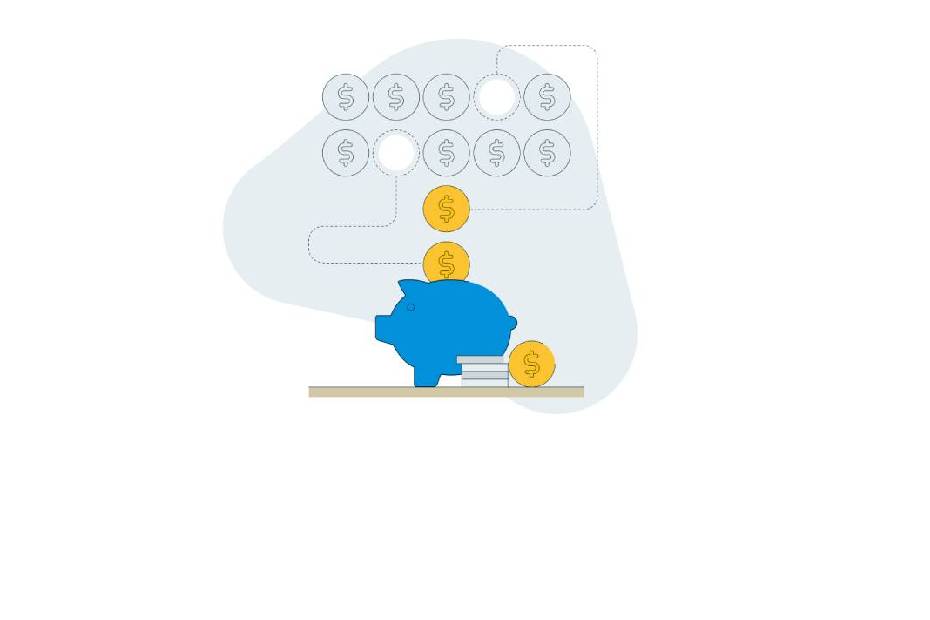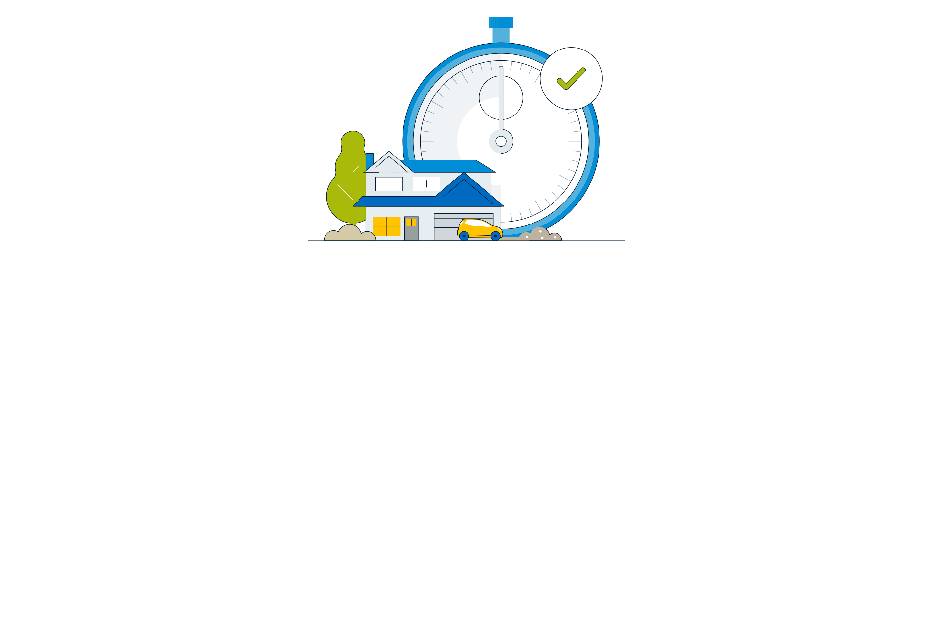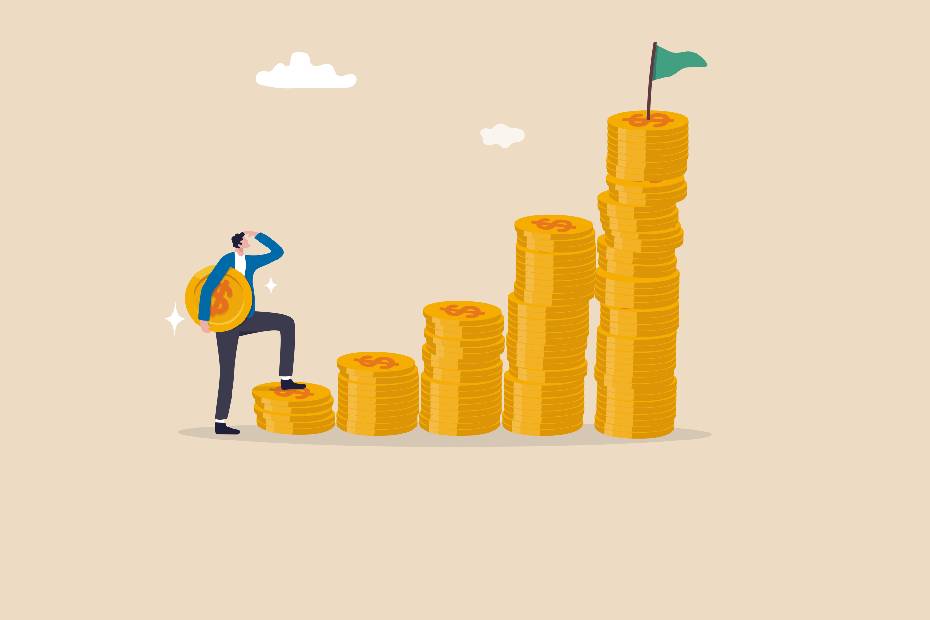Are you looking to increase your savings? Watching your savings climb can be very satisfying. Whether it’s rebuilding an emergency fund or saving up for a bigger ticket item that you really want, there are easy ways to plus up on your savings.
Here are 8 easy ways you can plus up your savings.
Pay yourself first. When you get money — from an allowance, your job, a side gig, or gifts for special occasions — consider paying yourself first. Put some of that money in savings before you start spending. You’ll be surprised how you won’t miss it!
Start Small. Consider auto-transferring a dollar a day into your savings account. One easy way to save more is to automate it. You can pre-authorize transfers from your banking account to your savings account. Try starting with $1 a day and see how quickly it adds up. Building good savings habits can start with this simple step.
Ask yourself why (before you spend). It’s easy to spend money. But before you do, just ask yourself why you’re spending your money on something. Do you really need it, or is it just easy, convenient, or trendy to buy it?
Comparison shop. If there is something you really want, shop around before you buy. You might find that the same pair of boots or game is considerably cheaper somewhere else. Or maybe it’s about to go on sale. A little research may help you get the lowest price possible.
Add up the little things. Starting from March, you might have been saving on various daily expenses — like transportation, on-the-go snacks or coffee. Try adding what you would have spent on these small daily or weekly purchases and diverting this portion of your budget to savings. For example, if you’ve been spending $5 every day of the year on these expense, you would now be saving $1,825 a year – enough for a month or two of rent or a vacation in the future. Here are some more ideas to help trim your spending.
Prioritize your expenses. Take a moment to think about what’s important to you. Saving towards a goal — like a car or a trip — can help you prioritize what expenses you do spend on. If you love buying the latest music and games, maybe cut out an expense that’s less important to you.
Set up a budget. Budgets are a great way to keep track of all your income and expenses, and prioritize what matters most to you. In your budget, you can separate what expenses are “must haves” and what are “nice to haves.” Take a look at this budgeting article for more tips on how to set one up.
Watch it grow. Unlike a chequing account, putting your money into a savings account will pay you interest on the money you have in it. That interest is like a “thank you” banks pay you for keeping your money with them. You’ll earn interest on the money you deposit — and then you’ll earn interest on top of that interest for as long as you keep saving. This is like a snowball effect and helps your money grow faster.
Saving money might not seem easy at first, but building good habits early will pay off in the long run. As your savings goals get bigger (a car, travel, tuition), you will be in a much better spot to sock away some cash once you start to earn more.
This article is intended as general information only and is not to be relied upon as constituting legal, financial or other professional advice. A professional advisor should be consulted regarding your specific situation. Information presented is believed to be factual and up-to-date but we do not guarantee its accuracy and it should not be regarded as a complete analysis of the subjects discussed. All expressions of opinion reflect the judgment of the authors as of the date of publication and are subject to change. No endorsement of any third parties or their advice, opinions, information, products or services is expressly given or implied by Royal Bank of Canada or any of its affiliates.



















